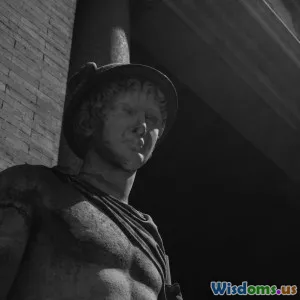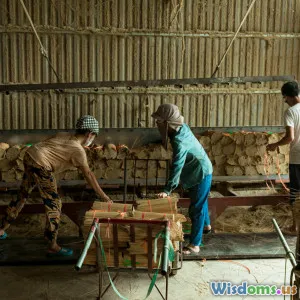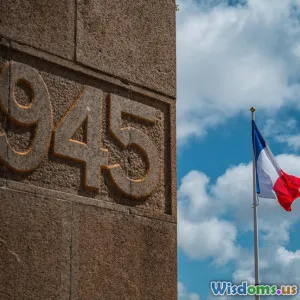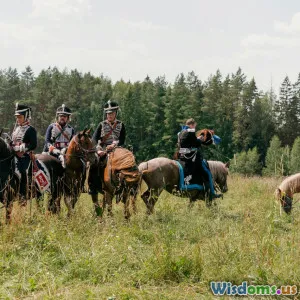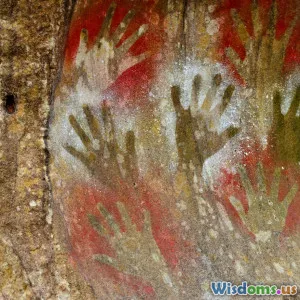
The Mysteries of Prehistoric Societies
6 min read Explore the enigmatic world of prehistoric societies and their mysteries through archaeological discoveries and cultural insights. (0 Reviews)
The Mysteries of Prehistoric Societies
Prehistoric societies, those enigmatic groups that existed before the advent of written records, offer a fascinating glimpse into the dawn of human civilization. While much remains shrouded in mystery, ongoing archaeological discoveries continue to reshape our understanding of these cultures. From ancient burial practices to the enigmatic cave paintings found across the globe, the remnants of prehistoric societies tell stories of survival, spirituality, and social structures that still intrigue researchers today.
Understanding Prehistory
Prehistory refers to the period of human history before written records. This era is often divided into three main phases: the Paleolithic, Mesolithic, and Neolithic periods. Each of these phases brought significant changes in human behavior, technology, and social organization.
-
Paleolithic (Old Stone Age): This era, lasting from approximately 2.6 million years ago to around 10,000 BCE, is marked by the use of stone tools and the development of hunter-gatherer societies. The discovery of cave paintings, such as those in Lascaux, France, highlights the artistic expression and cognitive capabilities of early humans.
-
Mesolithic (Middle Stone Age): Transitioning into the Mesolithic around 10,000 BCE, societies began to adapt to changing climates and landscapes. This period saw the emergence of semi-nomadic hunter-gatherers who utilized a wider range of resources, including fishing and foraging.
-
Neolithic (New Stone Age): By around 8,000 BCE, the Neolithic period introduced agriculture, leading to the establishment of permanent settlements. This shift enabled the development of complex societies, trade networks, and social hierarchies.
Archaeological Discoveries that Illuminate Prehistory
Numerous archaeological sites around the world have provided invaluable insights into prehistoric societies. Here are a few significant discoveries:
1. Stonehenge, England
Stonehenge is one of the most iconic prehistoric monuments, constructed between 3000 and 2000 BCE. The purpose of Stonehenge remains a topic of debate; theories range from a ceremonial site to an astronomical observatory. The alignment of the stones with the solstices suggests that prehistoric peoples had a sophisticated understanding of celestial movements.
2. Çatalhöyük, Turkey
Dating back to 7500 BCE, Çatalhöyük is one of the oldest known urban settlements. Its densely packed houses and unique burial customs reveal much about the social structures and daily lives of its inhabitants. The artwork found within the site reflects a rich cultural life, indicating the importance of ritual and community.
3. Lascaux Caves, France
The Lascaux Caves, famous for their stunning cave paintings, date back to around 17,000 years ago. These intricate depictions of animals, human figures, and abstract symbols provide insights into the spiritual beliefs and hunting practices of Paleolithic peoples. They challenge our understanding of prehistoric art as merely utilitarian, revealing the depth of human expression.
4. Göbekli Tepe, Turkey
Often referred to as the world’s first temple, Göbekli Tepe dates back to approximately 9600 BCE. This site predates Stonehenge by several millennia and consists of massive stone pillars arranged in circular formations. The complexity of Göbekli Tepe suggests that organized religion and communal effort existed long before the advent of agriculture, altering traditional views of societal development.
Cultural Practices and Beliefs
Understanding the cultural practices and beliefs of prehistoric societies is challenging due to the lack of written records. However, archaeological evidence provides clues about their worldviews.
Rituals and Spirituality
Many prehistoric societies engaged in rituals that likely held significant spiritual meaning. Burial practices, as evidenced by grave goods found in various sites, indicate beliefs in an afterlife. The presence of totemic objects and cave art suggests a deep connection to nature and possibly animistic beliefs.
Art and Expression
Art played a crucial role in prehistoric societies, serving not only as a form of expression but also as a means of communication. The symbols and motifs found in cave paintings and artifacts may have conveyed messages about identity, community, and survival strategies.
Conclusion
The mysteries of prehistoric societies continue to captivate researchers and enthusiasts alike. Through ongoing archaeological discoveries, we gain a deeper understanding of how these early humans lived, interacted, and made sense of their world. As technology advances and more sites are uncovered, the narrative of our prehistoric past becomes richer and more intricate, inviting us to ponder the complexities of human civilization's beginnings.
By exploring these ancient mysteries, we not only learn about our ancestors but also reflect on the universal themes of survival and community that resonate to this day.
Rate the Post
User Reviews
Popular Posts















